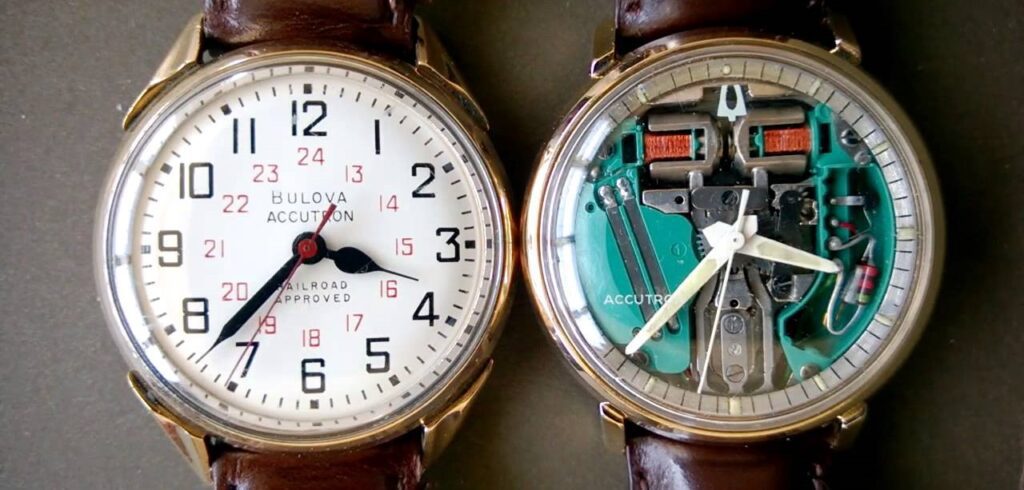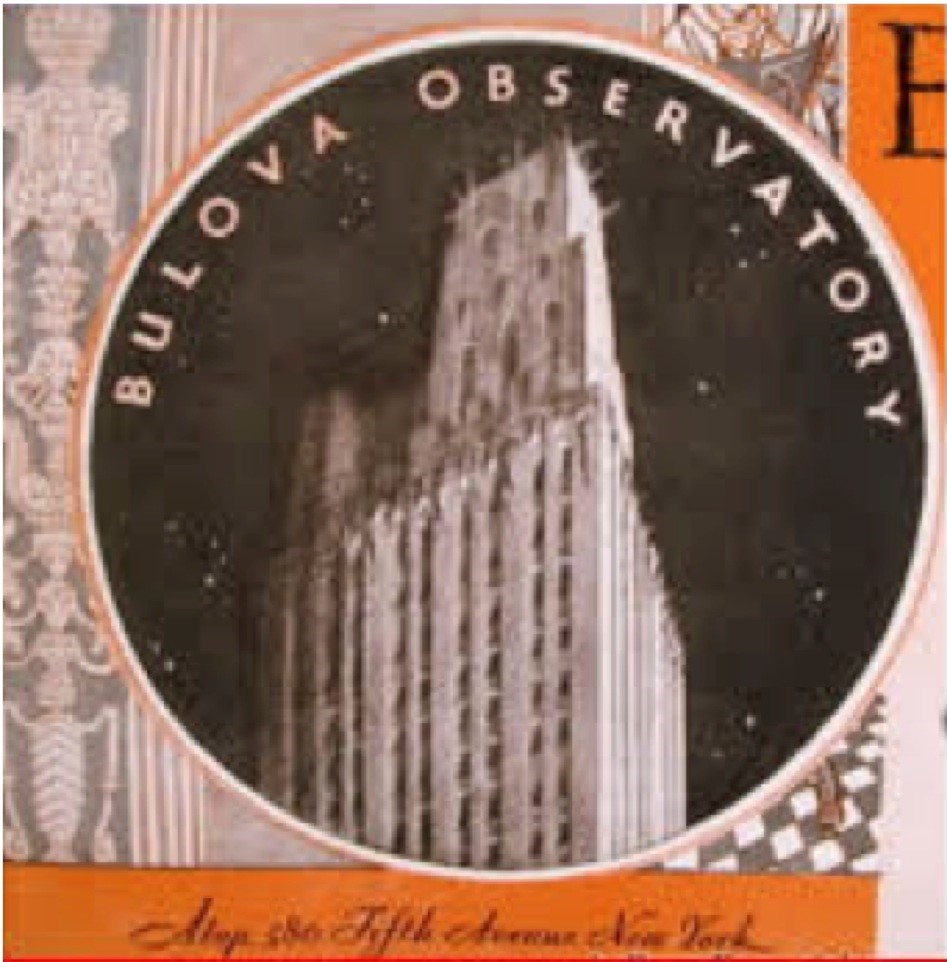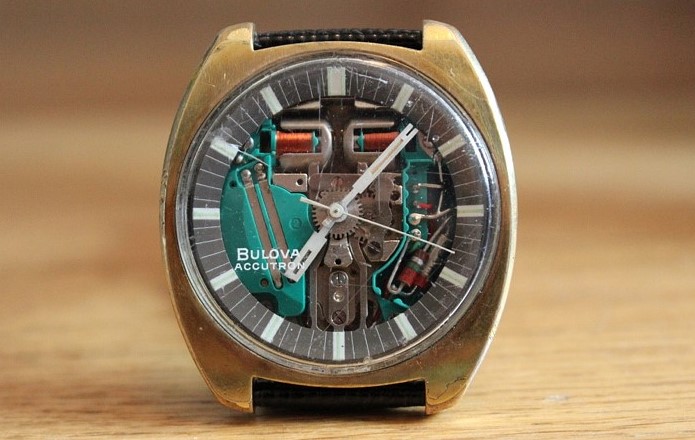Bulova Accutron: From Tuning Forks to Quartz

Every timepiece tells a story. Whether it’s your grandpa’s pocket watch; that scratched-up old beater watch; or even just a favorite style, everything from the design to the lifetime(s) of memories are there. In each story there’s a history and a seemingly greater purpose to these favorite timepieces. In terms of purpose, style, design, and story—one watch tends to stand out: The Bulova Accutron.
Historically, Bulova itself is a watch and clock company that has planted itself well into the American psyche (the global reach of the brand perhaps goes without saying). Before they achieved the Accutron, their innovations in advertising and electronic timekeeping were already ahead of their time. For starters, founder and Bohemian immigrant Joseph Bulova (1851-1936) was at the ground level of mass producing watches in the early 20th century. This was invaluable to Bulova’s ability to reach a mass customer base in the new century.

On top of reaching a broad audience, another one of Bulova’s key emphases was on engineering. One example: Bulova’s company designed the first ever electric clock—in 1931! Prior to this, Mr. Bulova commissioned an observatory in downtown Manhattan (NYC) to get a better map on universal time (planted firmly atop a skyscraper).
A plethora of other tech innovations aside, Bulova was also an advertising giant. This push for advertising led to a history of firsts. They were the first company in history to spend $1million on advertising; They were also the first watch on the radio and they landed the first television advertisement in history. Through the success of their advertising and technical innovations, Bulova was building toward what would become arguably its greatest engineering achievement.
The Accutron’s design work began in 1952, sixteen years after the death of founder J. Bulova and 8 years prior to its official release. Lead engineer Max Hetzel’s key design feature in this endeavor was replacing the balance wheel with the now-iconic tuning fork. Oscillating between two transistors at 360hz, the Accutron could keep time more accurately than essentially any timekeeping movement in existence (up to that point). The Accutron was so accurate that before its official release on Oct. 25th, 1960, NASA applied Accutron timekeeping to all of their computers. In short: Without the power of the Accutron we may not have sent a single soul to the moon.

When it finally hit the public, the open faced design of the “Spaceview” Accutron spoke to the future of humanity and our ability to advance our technology toward the stars. The 60’s embraced the Accutron with open arms. It became the official gift-of-state under president Johnson; it became the first railroad certified watch; it made several television appearances; it was incorporated into Apollo 11’s rocket ship equipment; and it was the only timekeeping movement on Air Force One.
As time progressed, Bulova began developing Quartz movements. By 1970, they released the first quartz watch to be sold on the American market. Since then, a variety of quartz-based Bulovas have hit shelves—worldwide. Current quartz re-releases of the Accutron have been widely popular for their “Spaceview” look. A noted timekeeper from the brand currently is the Precisionist (a powerhouse in its own right).
It’s been nearly a century-and-half since Bulova first began its work in timekeeping. Since then, their story has been a part of the greater history of America and global timekeeping. Although the brand was picked up by Citizen back in 2007, it continues to be a name that carries heavy weight in the watch world. The Accutron itself will always have a place in the hearts of collectors and lifelong owners alike. It still exists as a testament to the power of modern engineering and the spirit of innovation that sent us to the moon and back. Perhaps Bulova will have more to add to the story, going forward.
Times Ticking has been in operation for more than 30 years, since 1982. We have performed watch repair for customers both locally and internationally. If it Ticks! We KNOW it! Our team of watch repair technicians have a combined experience in watchmaking of over 120 years.

